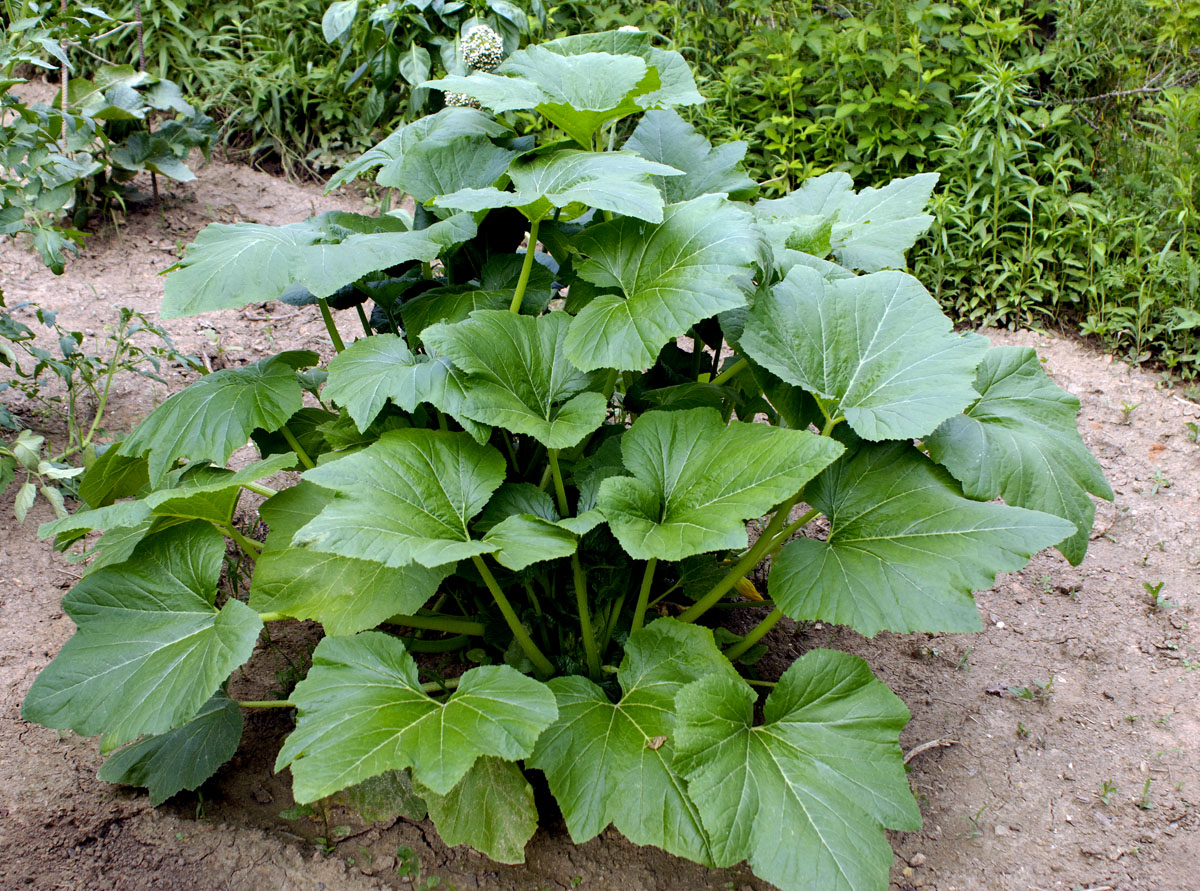
A thriving squash plant, with lots of room and some pampering. Notice how dry the soil is.
I’ve already learned a lot from my experiments with this year’s garden. As I’ve mentioned in other posts, my plan this year was to plant sparsely, leaving plenty of space between things for cultivating and for weed control. This type of gardening also is water-frugal.
One of my favorite gardening books is Gardening When It Counts: Growing Food in Hard Times, by Steve Solomon. This sparse, water-frugal type of gardening is what he recommends when life depends on your garden. I believe I am sold.
That’s not to say that a hard-working gardener with irrigation cannot pack a garden densely and get great yields. But I’m not a hard-working gardener, and this year I resolved to not do any irrigation.
May was a wet month with 8.69 inches of rainfall. June has been dry, with only 1.29 inches of rain in the last 17 days. Gardens really ought to have an inch of rain or more per week. So we are on the dry side. But, so far, nothing in the garden is showing signs of water stress. Weed control has been easier now that the weather is dryer. The plants, with little competition from weeds and from other plants, seem to be pulling enough water from deeper in the soil without any problem. My yields have been terrific. And insect pests, so far, have not been a problem.
I think I’m also realizing that a productive garden is not just about soil and water. It’s also about sun. No plant can make a lot of vegetables without a lot of leaves and a lot of sun to do the metabolism. So sparse gardening also gives plants plenty of room to spread their leaves and get their sun. Soil, sun, and water: the sparse-garden theory is all about not forcing plants to compete with other plants for what they need. That makes sense to me.
